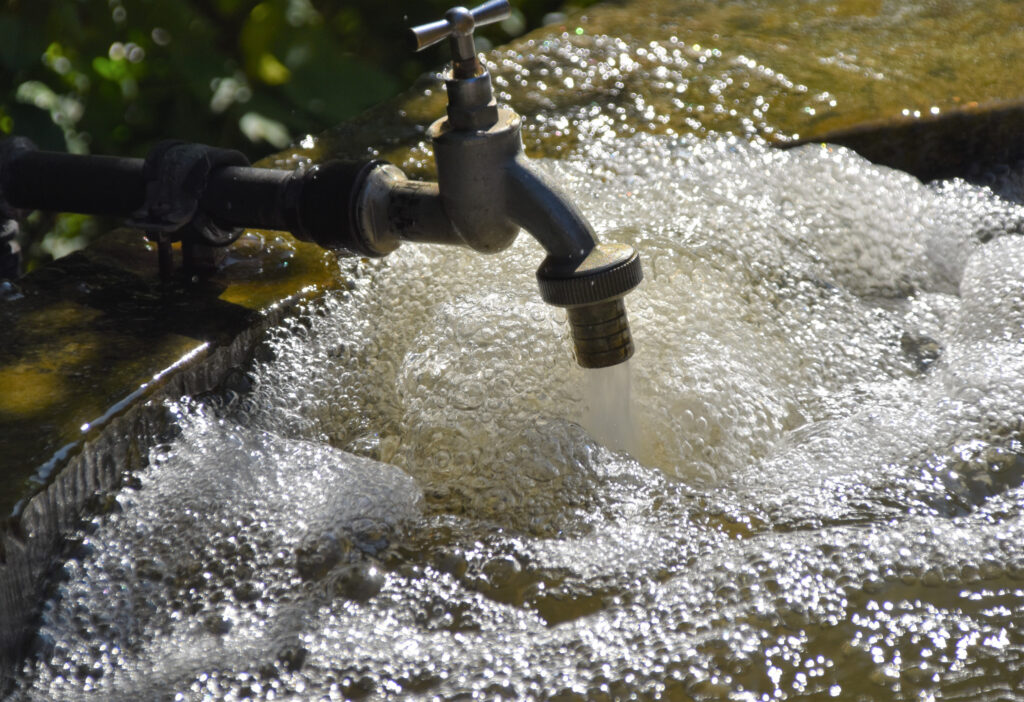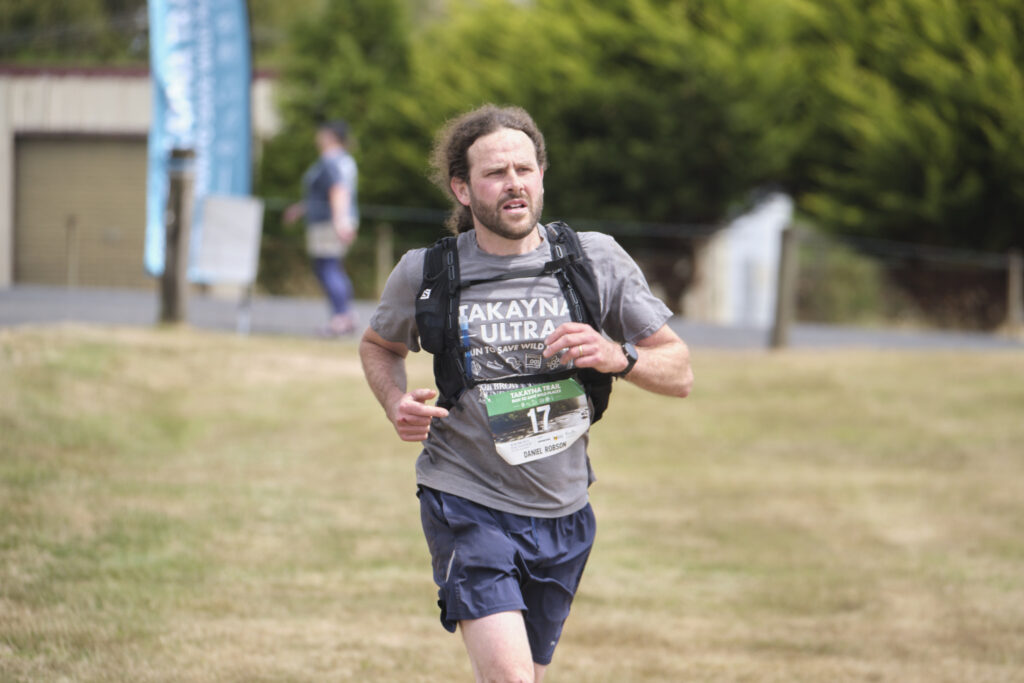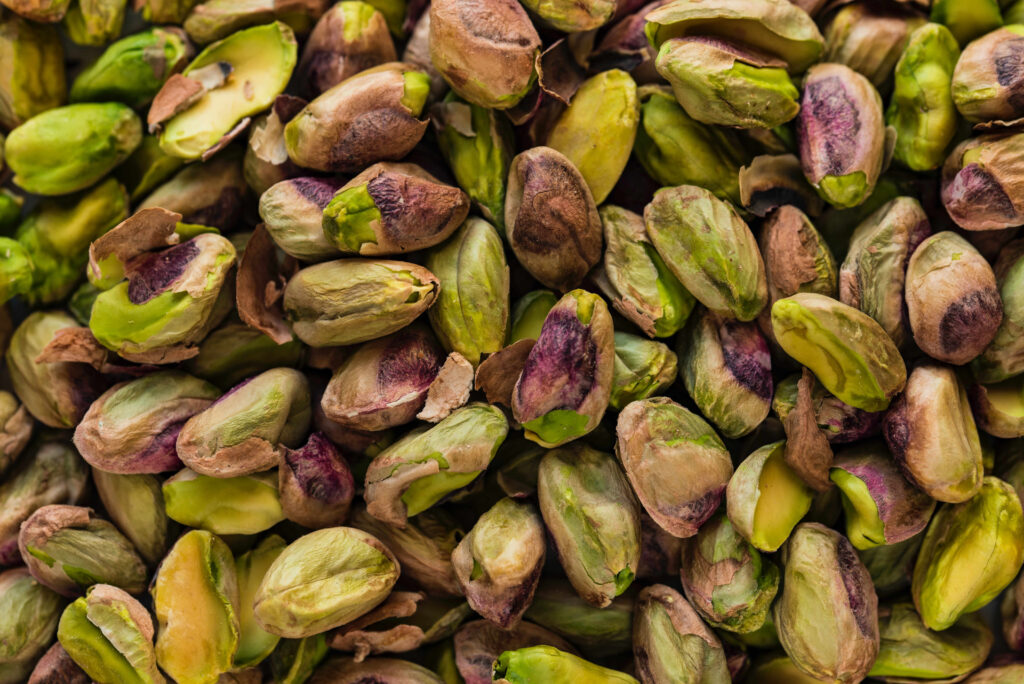Viagra, and medications like it (phosphodiesterase-5 [PDE-5] inhibitors), are without a doubt one of the most significant advances in the treatment of erectile dysfunction in males. For most folk who take them, they are an effective solution to allow sufficient erections for sexual activity (around 70%). For around 30% of people however, they either don’t work as well as hoped, or sometimes they do not work at all (1).
There are a bunch of possible reasons for this, with people experiencing certain health problems (such as diabetes) less likely to get desired results (1). In a lot of people though, the apparent lack of effect of these drugs can be because of unrealistic expectations of what they do, which is understandable given the myths about them. For example, most of us will have seen a movie or TV show where someone takes some Viagra (usually more than normal), and is humorously stuck with an unwanted, persistent erection they can’t get rid of.
What a lot of people don’t know is that this scenario is extremely unlikely, because Viagra, and drugs like it (the PDE-5 inhibitors), do not actually stimulate erections! Instead what they do is slow the breakdown of a chemical (called cyclic guanosine monophosphate, or cGMP for short) that is needed for an erection to occur (cGMP works by relaxing muscles in blood vessels and erectile tissue, allowing blood to flow more easily into the penis). This distinction is important, because whilst more cGMP is likely to be available to allow an erection after taking Viagra, you still need a supply of cGMP to make it happen. In other words, Viagra does not increase how much cGMP gets made, it instead acts as a kind of plug that stops or slows it from draining away. You still need the processes that stimulate and allow cGMP’s production to be working, for there to be enough for you to have an erection.
Another way of thinking about it is that your capacity to have an erection is like a sink, cGMP like water, and a certain amount of cGMP is needed in the sink to have an erection. Viagra provides you with a pretty effective plug for the sink, making it easier to fill it up, however you still need a sufficient flow of cGMP into the sink in order for this to happen.
#1 Remember to turn on the flow
In the case of turning on the flow of cGMP, we need signals from the brain and/or spinal cord (transmitted by an intact nerve supply) to make it happen, which comes from our level of “subjective sexual arousal”. We turn this on when our brains respond to certain stimulus and interpret it as sexual and pleasant, such as sexual touch or physical stimulation, other senses such as sights, sounds, smells, and tastes that we associate with sex, or sexual thoughts or fantasies. Some things, that whilst not inherently sexual, may also help to make turning “the flow” on easier; such as feeling happy or relaxed, excited, or having feelings of care and love for a partner. These “turn-on’s” are unique to you, and it is possible you have not thought much about them before. They could really be anything, from specifically sexual things, like how you like your penis to be touched, to the environment where sex occurs, the fragrances in the room or on your partner, background music, food, lighting (such as candlelight), dancing, seeing your partner in certain (or without) clothing etc. It is worth spending a little time reflecting on how you “turn on the flow” in yourself, and what things help to “make the flow” easier. You can then use this insight to consciously incorporate these elements into your sexual interactions.

Similarly, just as there are stimulus that can trigger us to “turn on the flow”, there are also those that will provoke us to turn it down, or even off! It might be when you are feeling stressed or tired, have had a fight with your partner, when sex is painful, when a pet is in room, you are worried about your sexual function or whether your partner is enjoying themselves, are worried about the noises of sex being heard by other people, or even simply the time of day, you will turn down or turn off your flow. Again, reflecting on those things that turn your flow down or off is useful so you can make changes to limit their impact on sex for you, or to be realistic with yourself (and your partner) about the contexts where you are likely to be aroused enough for sexual activity.
#2 Take your medication correctly
It is really important that you follow the directions of the medication you are taking, as when you take it, and what you take it with, are likely to impact how quickly and how well they work. Most medications used for erectile problems are best taken away from food, especially those that are high in fat, as this slows down their absorption into the body, making them take longer to work. It is also useful to know when the “on demand” medications (sildenafil, vardenafil, avanafil) will take effect, which will typically be 15 minutes to an hour after.
It is also suggested that you give the medicines a good try (take them on at least 6-10 different occasions) before deciding if they are not working for you. This is because of all the other factors involved in stimulating an erection (as discussed earlier), and those affecting how the drugs work. In the situation where you find it is not working as hoped, it is worth talking to your Doctor about trying a different dose or a different medication. It is also worthwhile talking to a qualified sex therapist to explore other factors that may be involved.
#3 Exercise regularly
We all know that regular exercise supports heart and blood vessel health. It also happens that it improves erections in males with heart disease and after prostate surgery, if they do it regularly for at least 2 months (2). For males taking Tadalafil (a drug that works like Viagra), using an exercise bike for half an hour 3 times a week for 2 months, improved their erections more than if they took the tadalafil without exercising (3)!

One of the ways exercise improves erections is by increasing how much nitric oxide (NO) is made in blood vessels, which is then used to make cGMP (the chemical needed for an erection). In this way, sticking with our tap and sink analogy, we can see that regular exercise can improve the flow into our sink.
#4 Eat more nuts and seeds
Eating around a handful (28g) of nuts and seeds a day improves heart and blood vessel health, so much so that your risk of dying from heart disease is reduced by 39% (4)! We also know that heart and blood vessel health is closely linked to erectile problems (5), suggesting that long term consumption of nuts could support erectile function. In the short term, one study has shown that a eating a large amount of pistachios (100g/day) over 3 weeks resulted in better erections (6). The reason for this might be is that pistachios (and other nuts) are excellent sources of L-arginine, an amino acid that gets turned into NO in the body, which as mentioned earlier makes cGMP (the chemical responsible for having an erection). In this way, nuts and seeds can be seen to improve the flow into our sink.

#5 Get some good advice on the herbal and nutritional supplements you can take
It is beyond the scope of this article to go into detail about what herbal medicines and supplements can help, however it is enough to know that some such as French Maritime Pine Bark (Pinus pinaster) (7,8), Korean ginseng (Panax ginseng) (9), Saffron (Crocus sativus) (10,11), and Tribulus (Tribulus terrestris) (12,13), have all to some degree been shown to improve erectile function in males. The way they do this is likely varied, however a common thread appears to be that they can increase cGMP in erectile tissue (8,14–16), and therefore may “increase the flow”.

In the case of nutritional supplements, various combinations of Vitamin E, inositol, Vitamin B3 (niacin), Vitamin B6 (Pyridoxine), Folate, L-carnitine and L-arginine have been shown in a small number of studies to improve the effect of taking medications to improve erections (PDE-5 inhibitors) in people who were otherwise not responding well to them (17–20). Again, the effect is likely to be on improving the availability of cGMP, or through improving blood vessel health, helping to maintain or improve the flow.
Given the complexity of this area it is suggested that if you do want to explore the use of herbal and nutritional supplements in helping your erectile medications work better, that you consult with a Naturopath or Herbalist familiar with their use.
Conclusion
So, there are five ways you can help get the most out of your Viagra (or other PDE-5 inhibitors) to improve erectile function. Remember, if you need extra help with any of this, such as working with problems with sexual desire, or help with changes to diet and lifestyle, for some guidance on herbal medicines or supplements to support your sexual function, book in to see me at Goulds Natural Medicine.
References
- Agostini, R., Rossi, F., & Pajalich, R. (2006). Myoinositol/folic acid combination for the treatment of erectile dysfunction in type 2 diabetes men: A double-blind, randomized, placebo-controlled study. European Review for Medical and Pharmacological Sciences, 10(5), 247.
- Ali Hamidi Madani, Ahmad Asadolahzade, Gholamreza Mokhtari, Reza Shahrokhi Damavand, Alireza Farzan, & Samaneh Esmaeili. (2013). Assessment of the Efficacy of Combination Therapy with Folic Acid and Tadalafil for the Management of Erectile Dysfunction in Men with Type 2 Diabetes Mellitus. The Journal of Sexual Medicine, 10(4), 1146–1150.
- GamalEl Din, S. F., Abdel Salam, M. A., Mohamed, M. S., Ahmed, A. R., Motawaa, A. T., Saadeldin, O. A., & Elnabarway, R. R. (2019). Tribulus terrestris versus placebo in the treatment of erectile dysfunction and lower urinary tract symptoms in patients with late-onset hypogonadism: A placebo-controlled study. Urologia Journal, 86(2), 74–78.
- Jang, D.-J., Lee, M. S., Shin, B.-C., Lee, Y.-C., & Ernst, E. (2008). Red ginseng for treating erectile dysfunction: A systematic review. British Journal of Clinical Pharmacology, 66(4), 444–450.
- Kam, S. C., Do, J. M., Choi, J. H., Jeon, B. T., Roh, G. S., & Hyun, J. S. (2012). In Vivo and in Vitro Animal Investigation of the Effect of a Mixture of Herbal Extracts from Tribulus terrestris and Cornus officinalis on Penile Erection. The Journal of Sexual Medicine, 9(10), 2544–2551.
- Kamenov, Z., Fileva, S., Kalinov, K., & Jannini, E. A. (2017). Evaluation of the efficacy and safety of Tribulus terrestris in male sexual dysfunction—A prospective, randomized, double-blind, placebo-controlled clinical trial. Maturitas, 99, 20–26.
- Li, D., Ren, J., He, L., Sun, J., Liu, P., & Li, Y. (2021). Combined effects of oligopeptides isolated from Panax ginseng c.a. Meyer and ostrea gigas thunberg on sexual function in male mice. International Journal of Environmental Research and Public Health, 18(5), 2349.
- Lombardo, F., Tsamatropoulos, P., Piroli, E., Culasso, F., Jannini, E. A., Dondero, F., Lenzi, A., & Gandini, L. (2010). Treatment of Erectile Dysfunction Due to C677T Mutation of the MTHFR Gene with Vitamin B6 and Folic acid in Patients Non Responders to PDE5i. The Journal of Sexual Medicine, 7(1), 216–223.
- Maresca, L., D’Agostino, M., Castaldo, L., Vitelli, A., Mancini, M., Torella, G., Lucci, R., Albano, G., Del Forno, D., Ferro, M., & others. (2013). Exercise training improves erectile dysfunction (ED) in patients with metabolic syndrome on phosphodiesterase-5 (PDE-5) inhibitors. Monaldi Archives for Chest Disease, 80(4).
- Modabbernia, A., Sohrabi, H., Nasehi, A.-A., Raisi, F., Saroukhani, S., Jamshidi, A., Tabrizi, M., Ashrafi, M., & Akhondzadeh, S. (2012). Effect of saffron on fluoxetine-induced sexual impairment in men: Randomized double-blind placebo-controlled trial. Psychopharmacology, 223(4), 381–388.
- Ng, C., Lee, C., Ho, A. L., & Lee, V. W. Y. (2011). Effect of Niacin on Erectile Function in Men Suffering Erectile Dysfunction and Dyslipidemia. The Journal of Sexual Medicine, 8(10), 2883–2893.
- Rehaily, A. J. A.-, Alhowiriny, T. A., Tahir, K. E. H. E., Taweel, A. M. A.-, & Perveen, S. (2015). Molecular mechanisms that underlie the sexual stimulant actions of Avicennia marina (Forssk.) Vierh. And Crocus sativus L. Pakistan Journal of Pharmaceutical Sciences, 28(1), 49–58. Gale Academic OneFile.
- Shamsa, A., Hosseinzadeh, H., Molaei, M., Shakeri, M. T., & Rajabi, O. (2009). Evaluation of Crocus sativus L. (saffron) on male erectile dysfunction: A pilot study. Phytomedicine, 16(8), 690–693.
- Silva, A. B., Sousa, N., Azevedo, L. F., & Martins, C. (2017). Physical activity and exercise for erectile dysfunction: Systematic review and meta-analysis. British Journal of Sports Medicine, 51(19), 1419–1424.
- Stanislavov, R., & Nikolova, V. (2003). Treatment of Erectile Dysfunction with Pycnogenol and L-arginine. Journal of Sex & Marital Therapy, 29(3), 207–213.
- Stanislavov, R., Nikolova, V., & Rohdewald, P. (2008). Improvement of erectile function with Prelox: A randomized, double-blind, placebo-controlled, crossover trial. International Journal of Impotence Research, 20(2), 173–180.
- Vicari, E., La Vignera, S., Condorelli, R., & Calogero, A. E. (2010). Endothelial Antioxidant Administration Ameliorates the Erectile Response to PDE5 Regardless of the Extension of the Atherosclerotic Process. The Journal of Sexual Medicine, 7(3), 1247–1253.